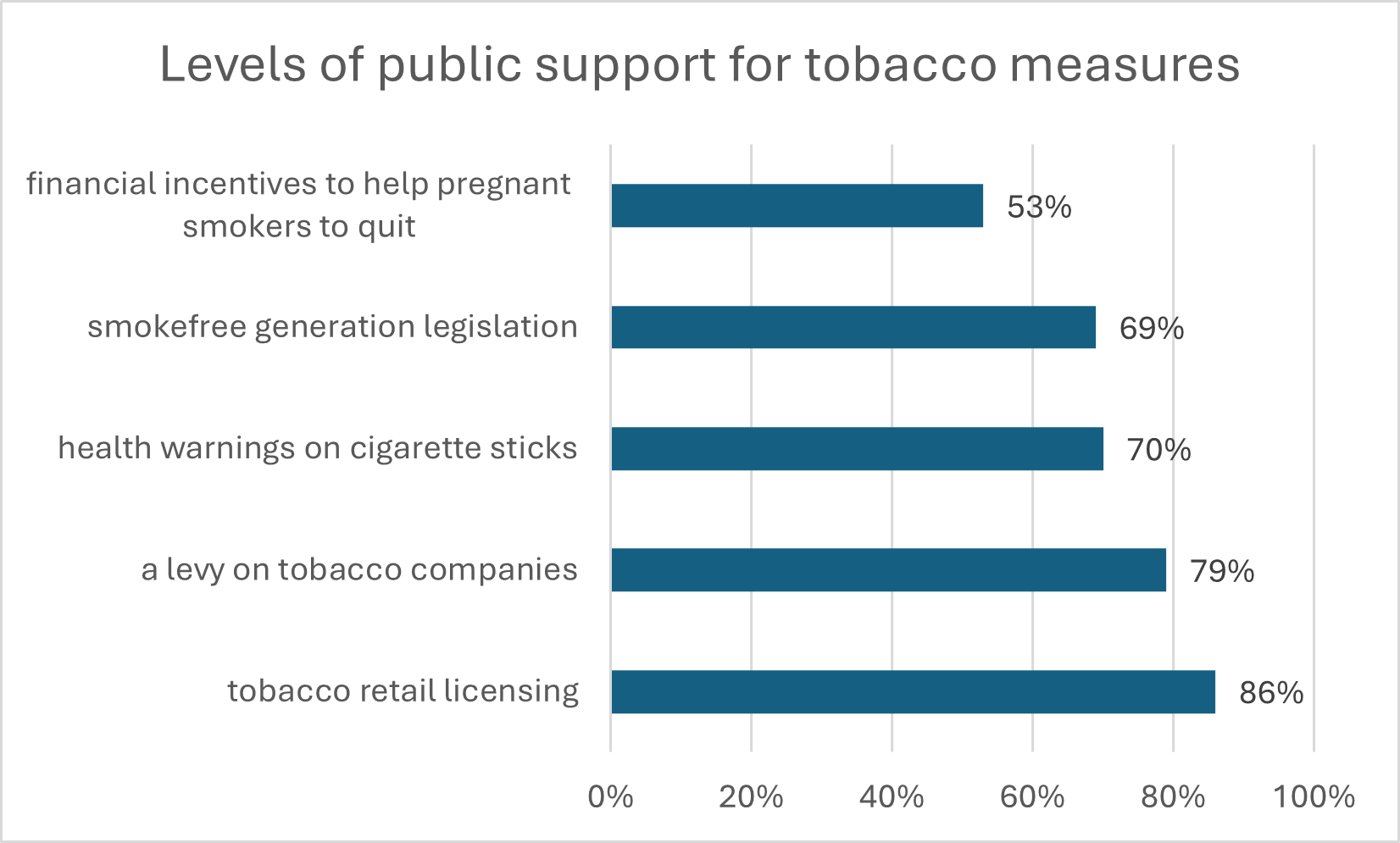What would it take to end smoking in 20 years? asks Hazel Cheeseman, CEO of Action on Smoking and Health (ASH)
In March, the All Party Parliamentary Group (APPG) on Smoking and Health published a new report setting out a roadmap to end smoking in this country within two decades. It challenged the current government to kick-start this by reducing the number of smokers by two million within this Parliament.
Perhaps this sounds fanciful, particularly if you remember smoke-filled rooms of the 80s and 90s, but it is an entirely achievable goal for the UK with the right plan and funding in place.
Where we were
In 1974, more people were current smokers than had never smoked. This was more than 20 years since the link between smoking and lung cancer had been proven, but rates remained incredibly high at above 40%.
In the years that followed, mounting evidence of the many ways that smoking kills led to a steady decline in smoking rates. But by the 1990s, that progress began to stall. This was the ‘lost decade’ where youth smoking threatened to rise again, tobacco advertising remained highly visible on billboards and in shops, and the illegal tobacco trade flourished, often with the complicity of the industry itself. Meanwhile, tobacco companies maintained close ties with some of the country’s most influential politicians.
In 1998, the Labour Government published ‘Smoking Kills’, the first cross-government strategy on smoking, and rates began to fall again. This was the starting gun on a further 20 years of progress under every government that has since followed.
Where we are
Now, close to 70% of the population report they have never smoked, and just over 10% are current smokers. We are closer to being a smoke-free country than we have at any point in the last 60 years.

The centrepiece of the Tobacco and Vapes Bill, currently before Parliament, is the phasing out of the sale of tobacco to the next generation. This will be a landmark achievement, with the UK leading the world. This means that in the (very) long run, the UK will end smoking. However, the APPG and ASH believe the government needs to match the scale of ambition seen in the Bill for ‘would-be’ smokers with equal action for the six million current smokers.
The societal impact of smoking
Without doubt, smoking has a massive impact on society, creating poor health with wide-ranging consequences for public finances, the wider economy, and individual families and communities. It is increasingly concentrated in disadvantaged groups, for example, people with mental health conditions have rates of smoking many times that of the general population, and people on low incomes are much more likely to smoke than those who are more affluent. Central to the government’s health mission is a desire to halve the difference in healthy life expectancy between the richest and the poorest – smoking is responsible for half of that difference.
The choice is clear: take decisive action now, implement a plan to help many more smokers quit, and bring an end to the harms caused by tobacco as quickly as possible – or allow the long shadow of the smoking epidemic to drag on, deepening health inequalities and placing an ever-growing strain on public finances and the wider economy. Polling for ASH by YouGov finds that the public backs a vision for a smoke-free country. However, the public doesn’t just back the abstract idea of a smoke-free country, but also the tangible measures to get us there.
ASH’s annual survey of public opinion, conducted by YouGov, found high levels of support for all policy proposals polled with:

Where we could be
So, if the case for action is clear and public support is high, what would it take to end smoking within 20 years?
- A strategy with strong targets and clear roles for all parts of local and national government.
- The Smoking Kills white paper of the 1990s was effective because it took a comprehensive approach to tackling smoking. We need a new strategy fit for the 21st century.
- A polluter pays levy on the tobacco industry.
- This would raise the revenue to fund the strategy (an estimated £700m a year) and could also be used to end industry market manipulation of tobacco prices that undermines the public health objectives of tax rises. It would also radically reduce the profit from tobacco, removing the incentive to oppose regulations.
- Protection of currently effective programmes.
- In local government, the NHS and nationally, high-quality programmes are already in place to address smoking and provide a fantastic return on investment. Funding for the national scheme to stop smoking, financial incentives in pregnancy, and enforcement have been renewed for this financial year, alongside increased funding for local authority-run stop smoking services. All of this needs to be confirmed in the three-year spending review. ASH has significant concerns that new treatment services in the NHS are under threat due to widespread cuts, and funding still needs to be confirmed for mass media, all of which is crucial to delivering reductions in smoking.
- New investment in interventions that will target high-prevalence groups.
- With smoking concentrated in disadvantaged groups who typically want and try to quit at the same rate as other smokers but are less likely to succeed, more targeted support is needed. Programmes in A&E, Talking Therapies, and social housing settings all promise to reduce inequality.
- Maximise the impact of the Tobacco and Vapes Bill.
- The new legislation will not only phase out the sale of tobacco but also take wide-ranging powers to regulate products. The government should use these to their full extent regarding tobacco products, for example, banning filters, which have no health benefit but provide false reassurance, banning online sales of tobacco products, and applying rules on cigarettes to cigars and cigarillos, which have grown in popularity. They must also swiftly regulate the promotion of vapes to children while maintaining access for adult smokers to switch.
The government has been ambitious in setting a vision for a country where smoking is obsolete. It must now turn that vision into an equally ambitious strategy for change.











